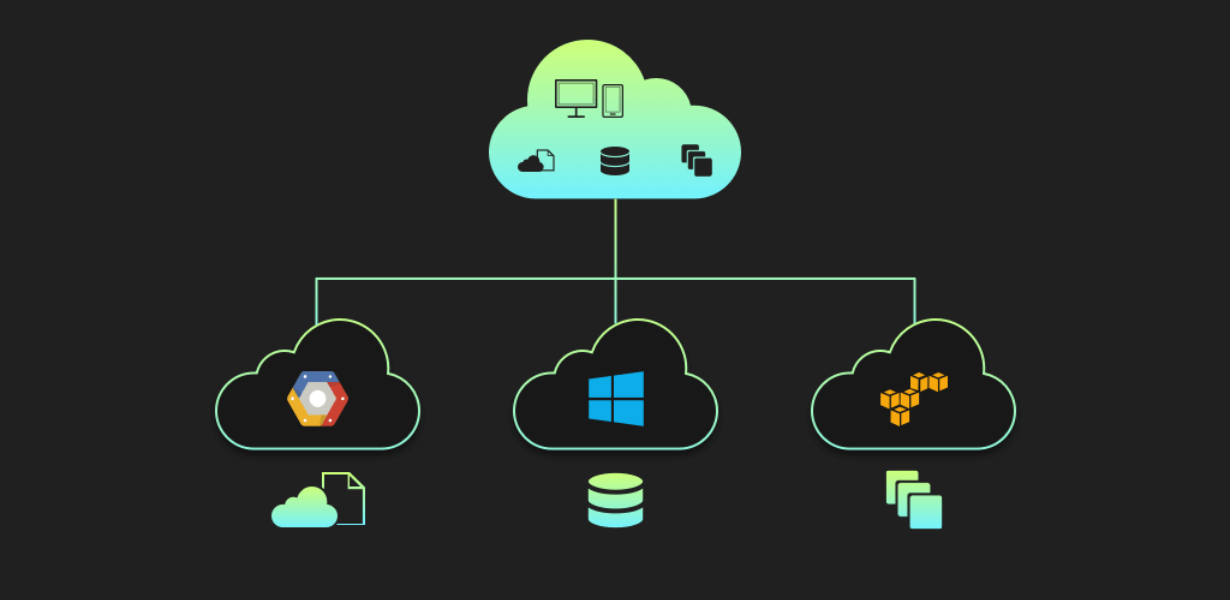
Building Resilient Private Clouds: A Guide to Implementing High-Availability Architectures
- Post
- August 8, 2023
- Cloud Computing, Internet & Web Services, Private Clouds
- 0 Comments
In the ever-evolving landscape of cloud computing, organizations are increasingly turning towards private clouds to achieve greater control, security, and performance. A private cloud offers dedicated resources that can be tailored to specific business needs, making it a compelling choice for enterprises seeking a flexible and secure cloud solution. In this comprehensive guide, we delve into the intricacies of building resilient private clouds and implementing high-availability architectures, ensuring seamless operations and safeguarding critical data.
Understanding Private Clouds: Unveiling the Power of Isolation
Private Clouds: An Overview
Private clouds, in stark contrast to public clouds, are exclusive environments dedicated to a single organization. This isolation translates into enhanced security, compliance, and data sovereignty. By harnessing the potential of private clouds, businesses can balance the benefits of cloud computing with the need for stringent control over their infrastructure and resources.
Private Cloud vs. Public Cloud: Weighing the Pros and Cons
When deliberating between private and public clouds, it’s essential to consider the unique advantages and limitations each model presents. While public clouds offer cost-efficiency and scalability, private clouds provide unparalleled customization, security, and performance. Understanding the nuances of these models empowers organizations to make informed decisions that align with their specific objectives.
The Virtual Private Cloud: A Fusion of Control and Scalability
Sitting at the crossroads of private and public clouds, the virtual private cloud (VPC) marries the best of both worlds. A VPC leverages public cloud infrastructure while ensuring logical isolation for resources, granting organizations the ability to create a tailored environment without compromising on scalability and cost-effectiveness.
Building Blocks of Resilience: Architecting for High Availability
High Availability Defined
At the heart of a resilient private cloud lies the concept of high availability. High availability refers to the design and implementation of systems that minimize downtime and ensure continuous access to critical applications and data. By eliminating single points of failure and integrating redundancy, organizations can achieve seamless operations even in the face of hardware failures or disruptions.
Load Balancing: Distributing Workloads for Optimal Performance
Load balancing plays a pivotal role in high-availability architectures. By evenly distributing incoming network traffic across multiple servers, load balancers prevent any single server from becoming overwhelmed, thus enhancing performance, minimizing downtime, and providing a smooth user experience.
Redundancy: Safeguarding Against Failures
Implementing redundancy across various layers of the infrastructure is a fundamental strategy to achieve high availability. Redundant components, such as servers, storage, and network connections, ensure that if one component fails, another takes over seamlessly, mitigating the risk of service interruption.
Failover Mechanisms: Ensuring Seamless Transitions
Failover mechanisms are the linchpin of high availability, enabling automatic and swift transitions from a failed component to a backup without user intervention. This capability ensures minimal service disruption and underscores the reliability of the private cloud environment.
Data Replication and Backups: Preserving Critical Information
Data replication and regular backups are imperative for maintaining data integrity and availability. By duplicating data across geographically dispersed locations and performing routine backups, organizations can swiftly recover from data loss or corruption, bolstering the resilience of their private cloud infrastructure.
Best Practices for Implementation: Navigating the Complex Terrain
Comprehensive Planning: Tailoring the Private Cloud to Your Needs
A well-thought-out implementation strategy is crucial for building a resilient private cloud. Start by assessing your organization’s unique requirements, including performance, security, and compliance considerations. This evaluation forms the foundation for crafting a private cloud architecture that aligns with your business objectives.
Automation: Streamlining Operations for Efficiency
Automation is a cornerstone of a high-availability private cloud. By automating routine tasks, provisioning, and scaling, organizations can reduce human errors, enhance operational efficiency, and respond dynamically to fluctuating workloads.
Monitoring and Analytics: Real-time Insights for Proactive Management
Continuous monitoring and data analytics provide real-time insights into the performance and health of your private cloud. Proactive monitoring enables swift identification and resolution of potential issues, ensuring optimal resource utilization and uninterrupted service delivery.
Scalability: Designing for Future Growth
As your organization evolves, your private cloud must adapt to accommodate changing demands. Scalability ensures that your infrastructure can expand seamlessly to accommodate increased workloads, without sacrificing performance or availability.
Security Measures: Safeguarding Your Private Cloud
Robust security measures are non-negotiable when implementing a resilient private cloud. Employing encryption, access controls, and intrusion detection systems fortifies your environment against cyber threats, ensuring the confidentiality and integrity of sensitive data.
Final Words
Building resilient private clouds is not just a technological endeavor; it’s a strategic imperative. By embracing high-availability architectures, organizations can establish a foundation that supports uninterrupted operations, mitigates risks, and accelerates innovation. The marriage of customization, security, and performance in a private cloud environment empowers businesses to navigate the digital landscape with confidence, ensuring their data and applications are always available and secure.
Commonly Asked Questions
Q1: What distinguishes a private cloud from a public cloud?
A private cloud is an exclusive environment dedicated to a single organization, offering enhanced security and control, while a public cloud shares resources among multiple users, emphasizing scalability and cost-efficiency.
Q2: How does a virtual private cloud (VPC) combine the benefits of private and public clouds?
A VPC leverages public cloud infrastructure while ensuring logical isolation for resources, allowing organizations to customize their environment without compromising scalability and cost-effectiveness.
Q3: Why is load balancing essential for high availability?
Load balancing evenly distributes network traffic across servers, preventing overload and enhancing performance, ultimately minimizing downtime and providing a seamless user experience.
Q4: How does data replication contribute to private cloud resilience?
Data replication duplicates data across geographically dispersed locations, ensuring data integrity and availability. It facilitates swift recovery from data loss or corruption, bolstering the private cloud’s resilience.
Q5: What role does automation play in a high-availability private cloud?
Automation streamlines tasks, provisioning, and scaling, reducing human errors, enhancing efficiency, and enabling dynamic responses to changing workloads, all essential for a robust private cloud architecture.




